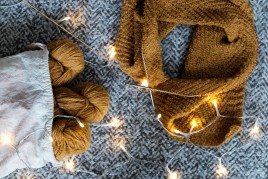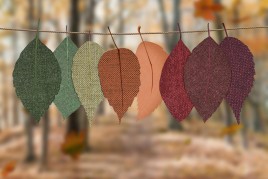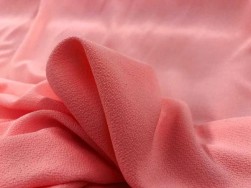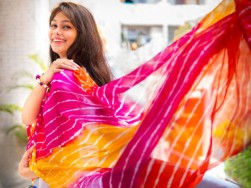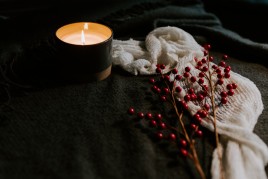The wedding day in India. A kaleidoscope of vibrant hues, intoxicating aromas of incense, and the joyous clang of wedding bells paint a scene straight out of a fairytale. And at the heart of it all stands the bride, resplendent in an ensemble that transcends mere cloth, transforming into an embodiment of grace, tradition, and a love story waiting to be written.
In this tapestry of cultural grandeur, the bridal dress takes center stage, becoming a canvas for storytelling through the exquisite language of textiles. Different fabrics are appropriate for several different occasions, and when we think of wedding fabrics, especially in the winter, silk, velvet, and brocades the season of spring to mind. These are sober yet substantial materials that set you apart from the crowd carrying simple and ordinary fabrics. Choosing winter-appropriate materials for weddings is an extremely significant consideration for people.
When the winter chill nips at the air and the wedding season sets in, the spotlight shifts to a different class of fabrics: the heavy fabrics, woven with threads of opulence and whispers of timeless elegance. These are the fabrics that drape like liquid gold, exuding an aura of regality fit for a queen on her most triumphant day.
So, delve with us as we unveil the top 5 heavy fabrics that promise to transform your
Indian wedding dress into a masterpiece:
1. Banarasi Silk: The Woven Tapestry of Dreams
Imagine a fabric that whispers of ancient secrets, it is every thread imbued with the rich history of the holy city of Varanasi. Banarasi silk is more than just cloth; it's a living tapestry woven with gold and silver threads, dancing in intricate brocade patterns and shimmering with the delicate touch of zari work. Each rustle of a Banarasi lehenga or saree is a symphony of royalty, promising a bridal ensemble
that transcends time and trends.
2. Velvet: Where Luxury Meets Drama
As twilight descends and the winter air turns crisp, velvet emerges from the shadows, cloaking the bride in an aura of mystery and sophistication. Its plush texture, reminiscent of fallen starlit snow, drapes into elegant silhouettes, adding a touch of drama to any bridal outfit. Imagine a velvet lehenga, its deep, captivating hues (think emerald, sapphire, or a bottle of wine so rich it rivals the setting sun) adorned with intricate embroidery or delicate zardozi work. It's a vision fit for a queen presiding over her winter wonderland.
3. Raw Silk: Unveiling the Untamed Beauty
Raw silk, the less refined cousin of Banarasi silk, is for the bride who embraces the unconventional. Its natural slubs and irregularities add a touch of rustic charm, whispering tales of unpolished beauty. A raw silk lehenga or saree, adorned with heavy embroidery or left minimally chic, is a celebration of individuality, a canvas for the bride who wants to rewrite the rules of bridal couture.
4. Banjara Brocade: A Riot of Colors, a Celebration of Heritage
Hailing from the nomadic tribes of Rajasthan, Banjara brocade is an explosion of vibrant hues and intricate geometric patterns. Its mirror work glints like scattered jewels, catching the light and telling stories of a rich cultural heritage. Imagine a Banjara brocade sharara, its kaleidoscope of colors swirling around the bride like a desert wind, transforming her into a bohemian queen dancing beneath a starlit sky.
5. Kanjeevaram Silk: The Drape of Divine Grace
Woven in the sacred city of Kanchipuram, Kanjeevaram silk is a whispered prayer woven into fabric. Its exquisite craftsmanship and vibrant colors, often adorned with zari borders that shimmer like sunlit temple bells, exude an air of timeless elegance. A Kanjeevaram saree, draped with reverence on the bride's slender frame, is an ode to tradition, a silent promise of a love story blessed by the gods.
6. Cutdana Fabric: Love Accomplished through stones
The beauty of cutdana lies not just in its traditional splendor, but also in its ability to adapt to contemporary sensibilities. Here are some ways to incorporate this exquisite fabric into your wardrobe:
- Modern Twist: Pair a cutdana blouse with a sleek skirt or trousers for a fusion look that is both elegant and edgy.
- Minimalist Magic: Opt for a cutdana dupatta over a simple kurta or lehenga for a touch of understated glamour.
- Accessorize with Elegance: Add a cutdana clutch or statement earrings to elevate even the most basic outfit.
- Embrace the Indo-Western Fusion: Experiment with cutdana jackets paired with jeans or skirts for a unique and unforgettable look.
With a little creativity, cutdana can become your signature style statement, a testament to your appreciation for exquisite craftsmanship and timeless elegance. So, go forth, explore the endless possibilities, and let cutdana fabrics weave their magic into your wardrobe, one shimmering piece at a time.
Beyond the Fabric: Where the Magic Comes Alive
Choosing the right fabric is just the first brushstroke in your bridal masterpiece. These heavy fabrics come alive with the artistry of embroidery, the delicate whisper of beadwork, and the dazzling dance of precious stones. Each embellishment becomes a storyteller, weaving tales of love, joy, and blessings into the very fabric of your wedding dress. So, let your imagination take flight, explore the boundless possibilities, and create an ensemble that is not just stunning, but uniquely yours.
A Touch of Timeless Wisdom:
Heavy fabrics, for all their magnificence, require a gentle touch. Invest in professional care, dry cleaning, or delicate handwashing to ensure your bridal heirloom transcends generations, whispering your love story to daughters and granddaughters yet to come.
The Final Chapter: A Love Story Written in Silk and Stone
Your wedding dress is more than just an outfit; it's a living, breathing narrative of your love story. With these top 5 heavy fabrics as your guiding stars, let your Indian wedding ensemble blossom into a tapestry of dreams.
Conclusion:
Indian weddings are an explosion of color, tradition, and sheer beauty. And at the heart of it all lies the bride, resplendent in a magnificent ensemble that transcends mere clothing. Her wedding fabric is a canvas woven with stories, whispered promises, and love waiting to be written. Indian wedding fabrics are a symphony of textures, each one telling a unique story. The gold and silver threads of Banarasi silk whisper ancient secrets, while the plush embrace of velvet exudes timeless regality. Raw silk, with its untamed beauty, is for the bride who marches to her beat, while Banjara brocade, a riot of colors, celebrates a nomadic heritage. And Kanjeevaram silk, a silent prayer woven into the fabric, carries the weight of tradition with quiet confidence. And when the wedding bells fade and the celebrations come to an end, the bride carries the magic of her wedding fabric with her, a silent reminder of the day she embarked on a journey of love, draped in the exquisite tapestry of Indian tradition.

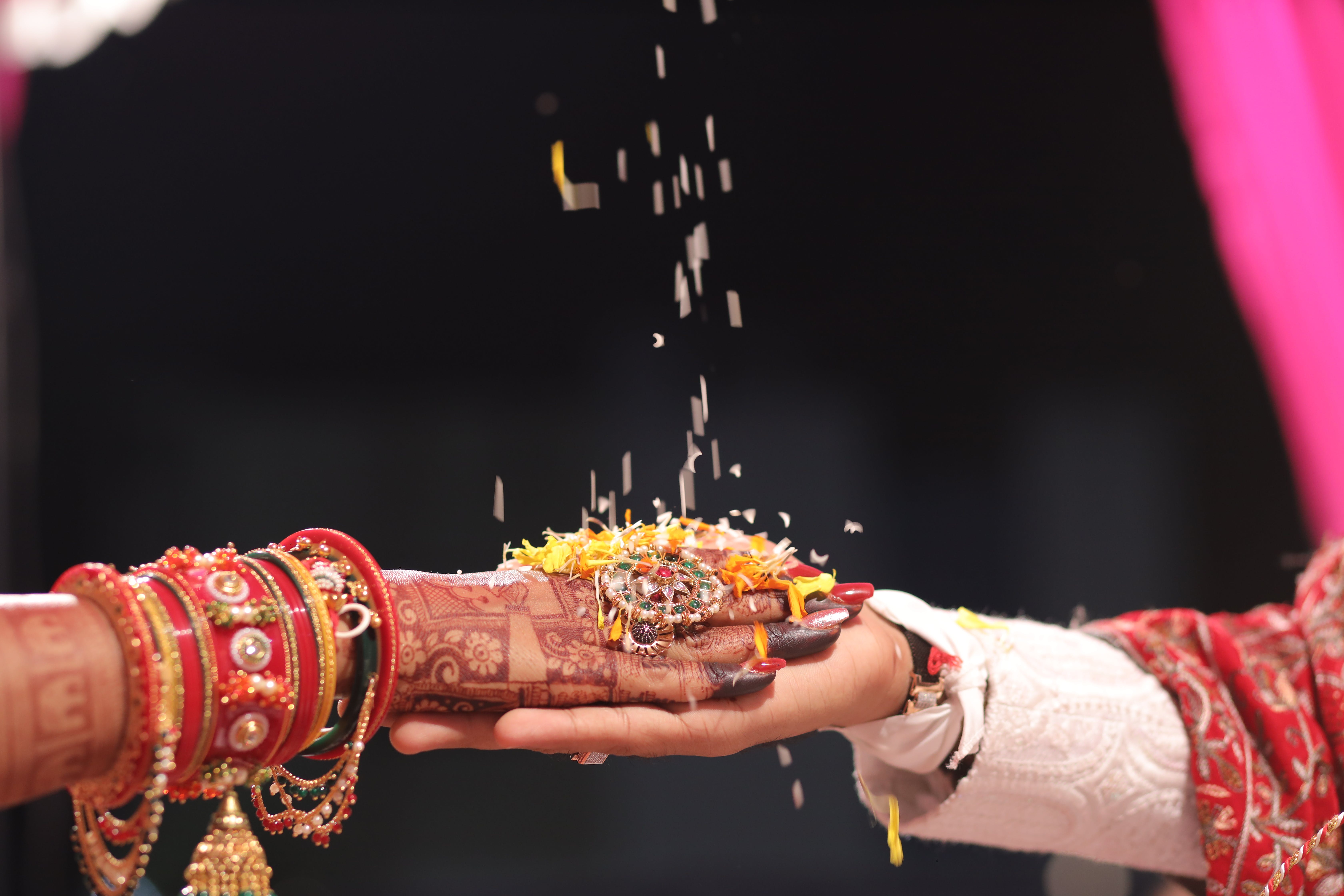
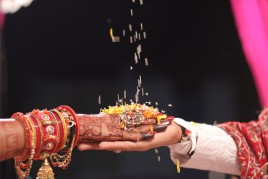
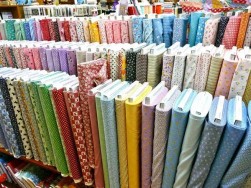
r43n.jpg)
